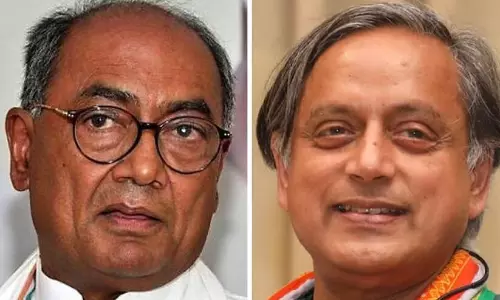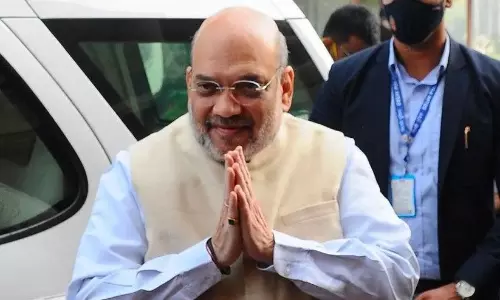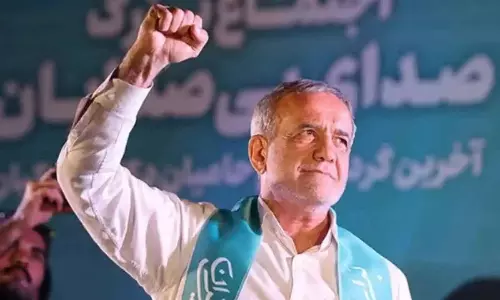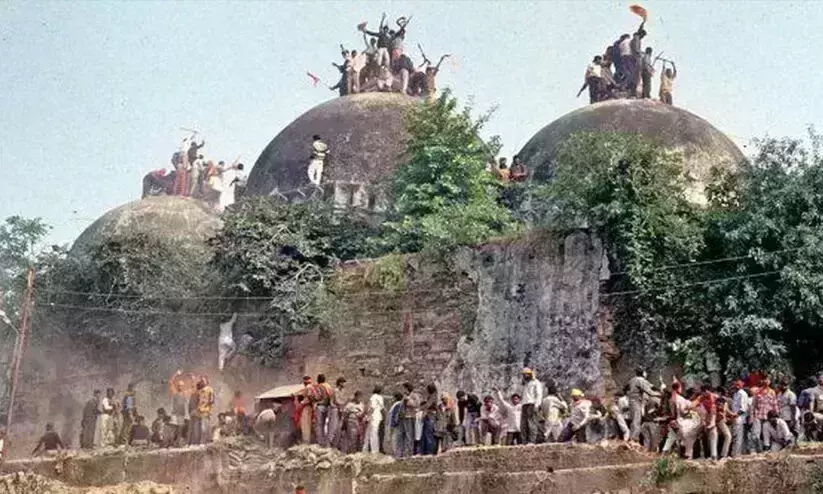
NCERT erases 'Babri Masjid' off textbook; uses '3-dommed-structure'
text_fieldsNew Delhi: It seems NCERT started erasing the name Babri Masjid from its academic books for students. In the revised Political Science textbook it released recently for Class 12, NCERT chose to call the masjid a "three-domed structure" instead of its name. The education organisation under the Centre has rewritten the Ayodhya dispute for the textbook in many aspects, The Indian Express reported.
NCERT deleted many details of the dispute and trimmed the entire Ayodhya section itself from its earlier versions. The deleted parts include the BJP rath yatra from Somnath in Gujarat to Ayodhya; the role of kar sevaks; communal violence in the wake of the demolition of the Babri Masjid on December 6, 1992; President's rule in BJP-ruled states; and the BJP's expression of "regret over the happenings at Ayodhya", TIE reports.
The text has now removed at least three references to the demolition of the mosque, and focus has been given to the Ram Janmabhoomi movement.
When the old textbook referred to the masjid as a 16th-century mosque built by Mughal emperor Babur's General Mir Baqi. The revised text says that it was just "a three-dome structure that was built at the site of Lord Ram's birthplace in 1528.
The old text had mentioned the masjid being opened in February 1986 under Faizabad district court, the rath yatra organised from Somnath to Ayodhya, the kar seva undertaken by volunteers in December 1992 to build the Ram Temple, the demolition of the mosque, and the subsequent communal violence in January 1993. Also, the BJP expressed regret over the happenings at Ayodhya, which was mentioned in the previous textbook. However, all these details were deleted, including the name "Babri Masjid".
Though the demolition of the mosque is mentioned (without name), there is no reference to who was behind the draconian act.
The textbook claimed that the Supreme Court's decision in 2019 (in favour of Hindu parties) was celebrated by the society at large.
"It is a classic example of consensus building on a sensitive issue that shows the maturity of democratic ethos which are civilizationally ingrained in India," the book read.
Further, the new textbook removed all images of newspaper articles, including one from December 7, 1992, with the headline "Babri Masjid demolished, Centre sacks Kalyan Govt" and another from December 13, 1992, quotes former Prime Minister Atal Bihar Vajpayee saying "Ayodhya BJP's worst miscalculation."
The new book also removed observations by the Supreme Court in 1994 convicting Kalyan Singh, who was Uttar Pradesh Chief Minister on the day of the demolition, of contempt of court for his failure to "uphold the majesty of law."
NCERT is updating its textbooks for the fourth time since the Narendra Modi-led BJP government came to power in the Centre.























